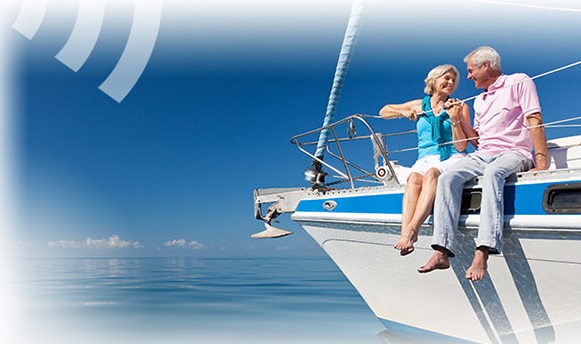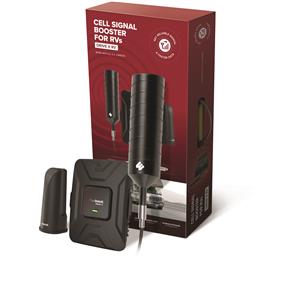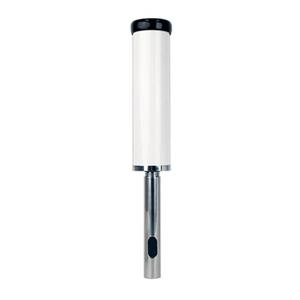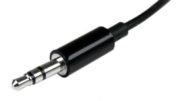Seems like a perfect time for an overnight trip. This summer is all about getting away from it all. RVs and boats are the hot luxury products and it makes perfect sense. If you want to see something other than the view outside your window, you’re going to want to do it safely. What could be safer than being a few miles offshore?
Being away doesn’t mean being disconnected
Taking that summer trip may mean leaving your cares behind, but it doesn’t mean leaving your connections behind. Folks, let’s not even pretend you’re going off the grid. You’re going to want to take that phone with you no matter where you roam. Even on the water.
The good news is that cell signals do tend to travel very well over the water. If there’s a cell tower close to shore, you’ll easily get 1-2 miles distant from it. That’s typical for cell signals traveling on shore. But is it possible to get further?
Why you might get better cell service offshore
Cell service is just like any radio broadcast in that it’s going to be affected by obstructions. In most cases, cell towers are no more than 50 feet off the ground. Your signals will have to pass through trees and buildings before they get to you. This is going to greatly reduce signal strength.
On the other hand, if there’s a cell tower right near shore — which often happens near marinas — there will be a straight line between you and the tower with no obstructions at all. This is going to make it a lot easier for you to get reception.
In certain weather conditions, you may also find yourself with really exceptional cell service. Very still air will let signals pass even more easily. Some signals will actually bounce off the surface of the water the same way that light does. They can also bounce off invisible patches of stable air that are above you. This is common in areas like Los Angeles where a layer of stable air traps smog down near the ground. It can also be common on water.
In cases like that, I’ve heard of people getting reception up to five miles away. It’s not uncommon, but you can’t count on it.
Using a marine cell booster
Cellular signal boosters work just the same on water as they do on land. An outdoor antenna pulls in signals and sends them down a wire to a booster that’s inside the cabin. The signal is amplified and rebroadcast through an indoor antenna. It also works in reverse: The indoor antenna picks up signals, the amplifier boosts them, and sends them out through the outdoor antenna. It works so fast that you don’t even detect any delays.
Throughout the years there have been a number of marine-rated cell boosters out there. Unfortunately they just don’t seem to sell well. I think people aren’t educated about the need for them, or they realize something simple:
Practically any cell booster can be a marine cell booster
You can fit pretty much any cell booster into a boat. Typically, RV cell boosters like this weBoost Drive X RV will work very well. The difference is the omnidirectional antenna which will pull in signals from any direction. Of course you’re only interested in pulling in signals from one direction — the shore — but you don’t want to be re-aiming the antenna every time the boat moves.
If you are looking for an antenna that works better with your established mounting system, consider this weBoost marine antenna. It uses a standard marine mount and even fits in nicely with the other white stuff on your boat.
Can any other cell booster work?
You can use pretty much any cell booster with a boat, even larger professional ones. But, it becomes a matter of diminishing returns unless you’re on a very large boat. You’ll pay for a lot of amplification which will automatically get scaled down because the power level is too great.
Let’s hear some success stories
I’d love to hear from our marine enthusiasts! How far offshore have you gotten cell service? Did you have a booster? Have you been satisfied with it? Use the comments section below and let us know.







